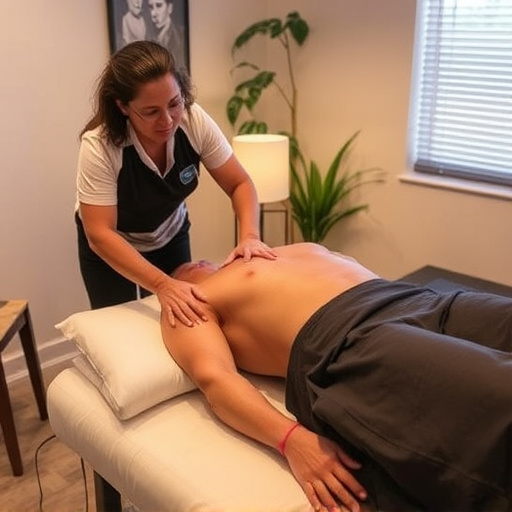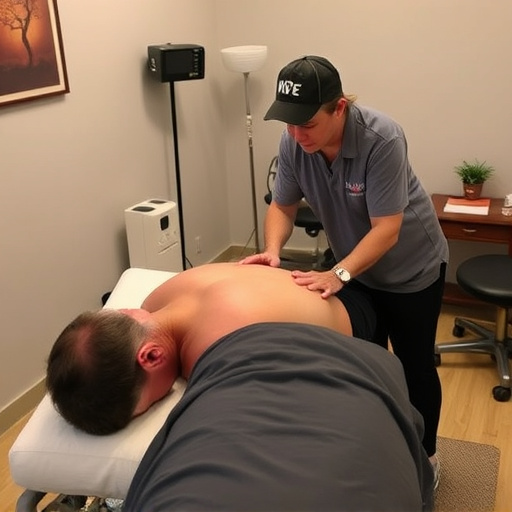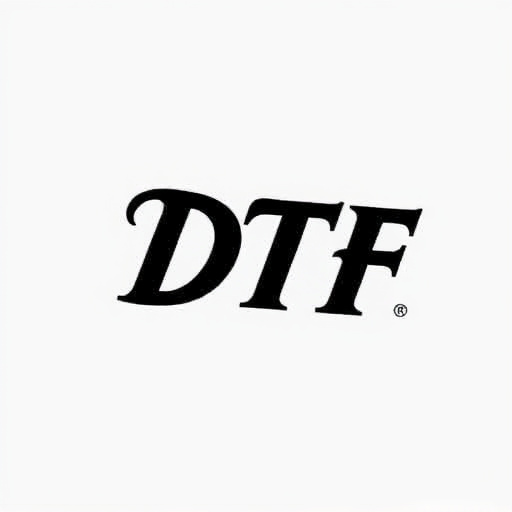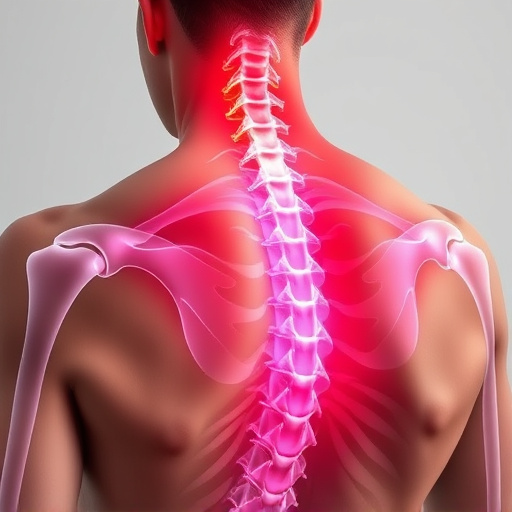Shockwave sports injuries, ranging from sprains to fractures, require a multi-faceted approach for recovery. While non-invasive shockwave therapy, rest, and physical therapy are key treatments, navigating sports insurance coverage can be challenging as many policies exclude specialized care. Athletes should carefully review their policies, understanding exclusions, and explore add-on options that may cover specific shockwave therapies like tendinopathy relief. Proactive wellness care, including prompt medical attention, is crucial for effective recovery and managing pain associated with these common athletic injuries.
Are you an athlete dealing with a shocking injury? Discover if your sports insurance plan covers shockwave injuries, a common yet often overlooked concern. This comprehensive guide delves into the world of shockwave sports injuries—their causes, treatments, and how they might be covered by your policy. Learn how to navigate your coverage, maximize benefits, and get back in the game faster with the right knowledge.
- Understanding Shockwave Sports Injuries: Causes and Treatments
- Navigating Sports Insurance Coverage for Shockwave Injuries
- Maximizing Benefits: What to Do If You Suffer a Shockwave Sport Injury
Understanding Shockwave Sports Injuries: Causes and Treatments

Shockwave sports injuries are a growing concern among athletes, often resulting from sudden impacts or repetitive stress on the body during physical activities. These injuries can range from minor sprains and strains to more severe conditions like muscle tears, fractures, or even spinal adjustments. The intensity of pain and recovery time vary based on the type and severity of the shockwave sports injury.
One common treatment approach for shockwave sports injuries is the use of shockwave therapy, which involves applying high-energy acoustic waves to stimulate healing in damaged tissues. This non-invasive procedure is often used for conditions like tendinopathy, muscle strain, and chronic pain associated with auto accident recovery. Additionally, proper rest, physical therapy, and targeted exercises can aid in muscle recovery, ensuring athletes return to their sport safely and effectively.
Navigating Sports Insurance Coverage for Shockwave Injuries

Navigating Sports Insurance Coverage for Shockwave Injuries
Shockwave sports injuries have become increasingly common among athletes due to the high-impact nature of many modern sports. When it comes to insurance plans, understanding what is covered can be a complex process. Many standard sports insurance policies do not include shockwave treatments in their initial coverage, as these procedures are often seen as specialized and expensive. However, some plans offer add-ons or rider options that may cover specific types of shockwave therapy for athletic injuries. It’s crucial to review the policy document closely, paying special attention to exclusions and limitations.
Joint pain relief is a significant benefit derived from shockwave therapy, which can be particularly useful for athletes dealing with chronic conditions like tendinopathy or stress fractures. Chiropractic care and rehab services are also integral parts of the recovery process and should be considered when evaluating insurance coverage. As previously mentioned, it’s important to discuss these options with your insurer to ensure you’re aware of all available resources for managing shockwave sports injuries effectively.
Maximizing Benefits: What to Do If You Suffer a Shockwave Sport Injury

If you’ve suffered a shockwave sports injury, maximizing your insurance benefits is crucial. First, understand that specific coverage varies across policies, so review your sport insurance plan’s terms and conditions carefully. Many plans include provisions for unexpected injuries like shockwaves, but the level of coverage can differ greatly. Look into what’s covered, including medical expenses, physical therapy, and chiropractic treatment, which can be particularly beneficial in managing pain and promoting neck pain relief.
Remember, proactive wellness care is key to effective recovery. Seek prompt medical attention after an injury occurs, as early intervention can prevent complications. Your healthcare provider may recommend imaging scans or refer you to a specialist for further evaluation. Additionally, consider exploring alternative treatments like chiropractic adjustments for optimal neck pain relief and overall wellness care.
Shockwave sports injuries can be detrimental, but understanding your insurance coverage is key. This article has provided insights into the causes and treatments of such injuries, as well as a guide to navigating sports insurance plans. If you’ve suffered a shockwave injury, maximizing your benefits by familiarizing yourself with your policy and seeking prompt medical attention is essential for a successful recovery.














